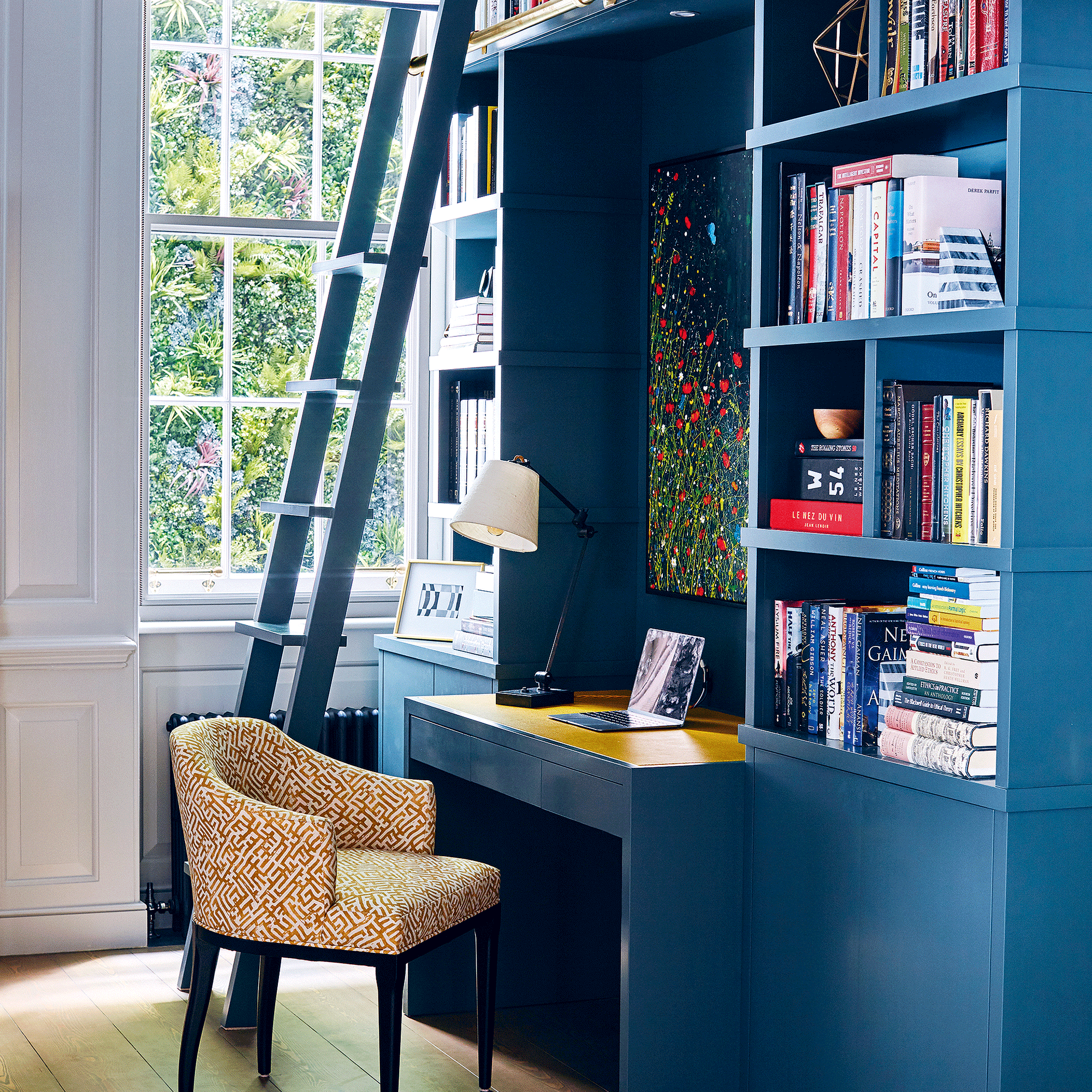Standard variable versus fixed rate energy tariffs: what’s the difference?
Not sure what the difference is between a standard variable or fixed rate tariff when it comes to your energy bills? Here’s what you need to know


Georgie Frost
If you’re not sure what the difference is between an energy supplier’s standard variable and fixed rate tariffs, you won’t be the only one. After months and months of volatile energy prices and multiple changes to the energy price guarantee, it’s unsurprising that households are confused about how to move forward now that energy deals start to return to the market.
Many suppliers removed their fixed rate deals from the market when the energy crisis began, leaving many customers on their supplier’s default or standard variable tariff. But with July's energy price cap set to drop, and the potential return of fixed tariff deals, what do these different types of tariffs mean and which one will ultimately mean the cheapest energy bills?

What is the difference between a fixed rate tariff and a standard variable tariff?
An energy tariff is simply how companies charge customers for the gas and electricity they use. You can get single fuel tariffs, where you pay for your gas and electricity separately or dual fuel, where you pay together.
The actual product that comes through your pipes and wires will be exactly the same, whichever tariff or provider you choose.
There are two main types of energy tariff:
Fixed rate tariff
With this tariff, the cost per unit of energy is locked in for the duration of the contract - typically 12 to 18 months. The price you pay will be unaffected by the wholesale cost of energy, which means it can be easier to budget effectively. Before the energy crisis, fixed rate deals tended to be cheaper than the standard variable alternatives and were often used as a way for suppliers to compete for new customers.
But when wholesale energy costs spiralled, there were no fixed rate deals to be had and suppliers removed them from the market.
Sign up to our newsletter for style inspiration, real homes, project and garden advice and shopping know-how
Fixed rate deals tend to be popular as they can provide a level of stability which is incredibly important to some customers, but as the unit price you pay is fixed for the length of the contract, you will miss out on savings if wholesale prices drop during that time.
While some energy suppliers might start to offer fixed rate deals again as the energy price cap drops, it’s important to assess whether it’s cheaper to fix, or whether you will be better off remaining on a standard variable tariff and reaping any savings that further cap drops could bring. Use a price comparison website like Go.Compare to see if you are eligible for a cheaper energy tariff to help reduce your bills.
When you are on a fixed tariff, you can normally only leave it from 49 days before the end of the contract, otherwise you may have to pay an early exit fee.
Standard variable tariff (SVT)
Instead of a fixed rate tariff, you could opt for your supplier’s standard variable rate tariff (if your fixed rate came to an end during the energy crisis and you couldn’t swap to another one, your provider will have moved you to its standard variable tariff where you will have been protected by the energy price cap/price guarantee.
It is called variable because what you pay per unit of energy can change each month depending on the wholesale price of energy. But providers can only charge you as much as the current energy price cap for each unit of energy. This is because the cap makes sure that you always pay a fair price for the energy you use.
Unlike a fixed rate deal, you can leave a SVT at any time without facing a penalty.

How do I know which tariff I am on?
According to comparison website Comparethemarket.com, 20% of energy customers aren’t sure what tariff they are on. Over half of those on fixed rate deals don’t know when their contract comes to an end.
If your supplier went bust during the energy crisis, you will have been moved to a new supplier and put on their standard variable tariff. Similarly, if you were on a fixed rate deal that came to an end, you will have also been moved onto a variable tariff.
If you’re still not sure, you can easily find out what kind of tariff you are on by checking your latest bill. If that’s not clear, then you can always call your provider directly to check. Your provider will also be able to advise whether you could be on a cheaper tariff, other ways you might be able to reduce your bill and what to do if you are struggling to afford your bills.

What type of energy tariff should I choose?
Right now, for most people, it will be best to stay on your supplier’s standard variable tariff where the price you pay is protected by the price guarantee. If and when fixed priced tariffs return, you will need to assess whether it's cheaper to fix or cheaper to stay on a variable tariff and be protected by the price cap.
Ovo recently offered its existing customers a 12-month fixed rate deal of £2,275, which is £225 cheaper than the current energy price guarantee. But money-saving expert Martin Lewis urged homeowners to be cautious before jumping on a fix that appeared cheaper because if prices drop as predicted in the summer, this fix means you’d be paying more over the year than if you remained on the variable tariff.
But once there is more clarity around energy prices, it’s worthwhile using a price comparison site like Go.Compare to see what deals emerge and whether you could save by switching providers.

Sarah Handley is Ideal Home’s Renovation Editor. She joined the team full time in September 2024, following three years of looking after the site's home finance content. As well as all things renovation, Sarah also looks after our Home Energy content, which covers all aspects of heating and insulation as well as tips on how homeowners can reduce their energy usage. She has been a journalist since 2007 and has worked for a range of titles including Homebuilding & Renovating, Real Homes, GoodtoKnow, The Money Edit and more.